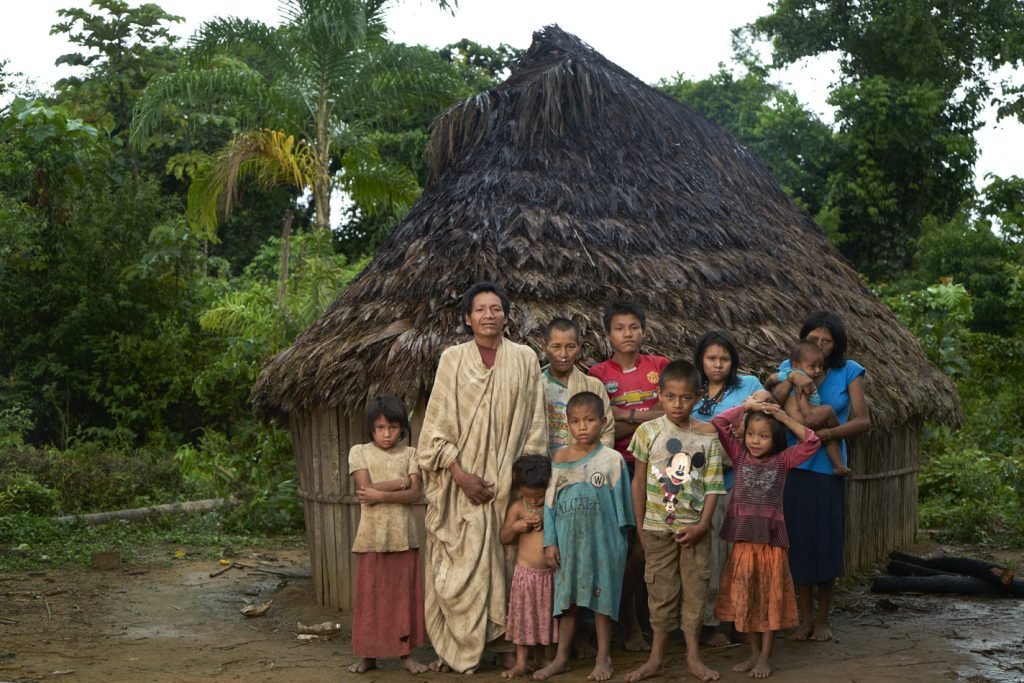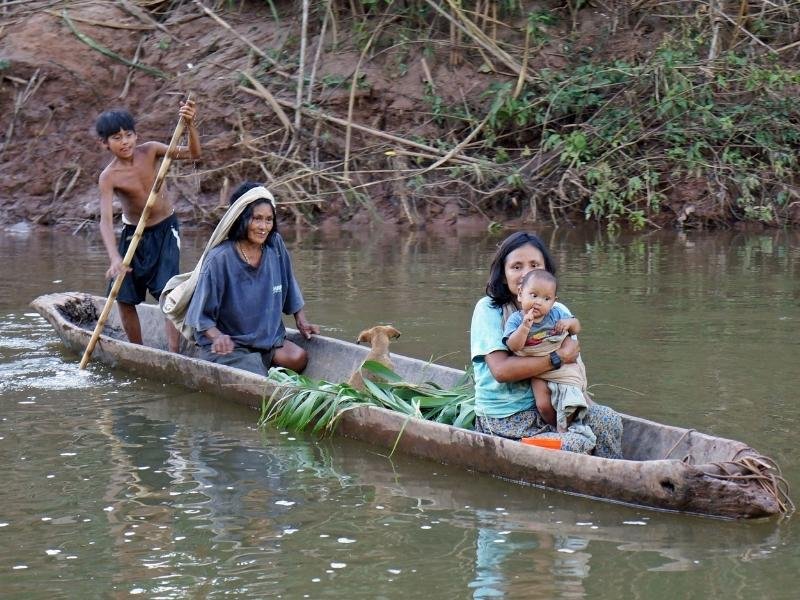There are certain indigenous communities that develop in the Peruvian Amazonian extensions of Loreto. Among these is the Matsigenka community, where the Tsirerishi and Tayakome tribes live. These communities are located in the Special Use Zone of Manu National Park. They are communities whose main activity is fishing and have extensive traditional ecological knowledge of fish species, as well as vast experience in the art of fishing from an early age in their development. Fishing, in addition to being one of their main provisioning activities, is interconnected with other dimensions of the social life of this population.
Since 2018, in collaboration with the Wildlife Conservation Society, the San Diego Zoo Global-Peru has been carrying out the “Citizen Science for the Amazon” project. This project seeks to answer the questions: where and when do fish migrate in the Amazon basin, in addition to identifying the environmental factors that significantly influence these migrations. The development of this project is carried out mainly through cultural exchange and the training of local fishermen in the use of technologies, with the purpose of collecting valuable information that will reduce the lack of knowledge and contribute to improve the scientific base. This information will later be used in the conservation and sustainable development of the Amazon.

As a clear example born as a product of this project, an Android application “Ictio” was developed, structured by Cornell Lab, which allows fishermen to register their fishing locations, the number of species caught and their biomass, as well as to add photos of them, among a predetermined list of migratory fish. The generated lists are sent from the Cocha Cashu Biological Station, with a commitment to return the data to citizen scientists in a form that is useful to them, and to provide public, secure and easily accessible information, thus encouraging community development in their fishing practices.
So far, 9 Matsigenka fishermen have been worked with, and more than 300 fishing lists have been sent from Manu. The Matsigenka fishermen, mostly novices in the use of cell phones, made excellent use of the technology, although in the case of the older ones they preferred to use paper fishing logs, data that they then transferred to the app with the help of the younger ones.

As part of the project, interviews are also conducted with the local population. The Program of Intercultural Environmental Education of the San Diego Global-Peru Zoo, and School No. 52240 of the Tsirerishi community, as a product designed and implemented a learning session based on their fishing practices, fish species and local fishermen.
This initiative also seeks to highlight the sophistication, adaptation and the great practical use of the local and traditional knowledge that the Matsigenka in Manu have perfected over so many years, giving reason to believe that one of the reasons for significant progress in sustainable management is linked to the possible synergies between traditional and scientific knowledge, which is one of the most outstanding characteristics of the collaborative work that was done with the Matsigenka. Both fishermen and scientists are involved in the Amazon Citizen Science Project at various sites in the Amazon basin, involving more than 40 partner organizations from Peru, Bolivia, Brazil, Colombia, Ecuador, the United States and France, of which 17 run pilot sites.





